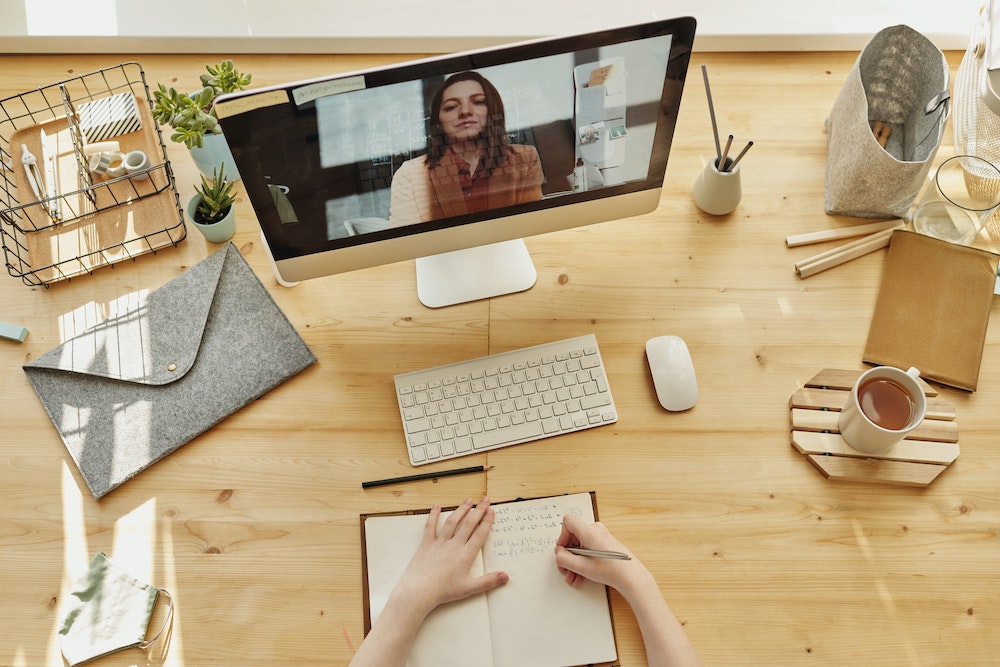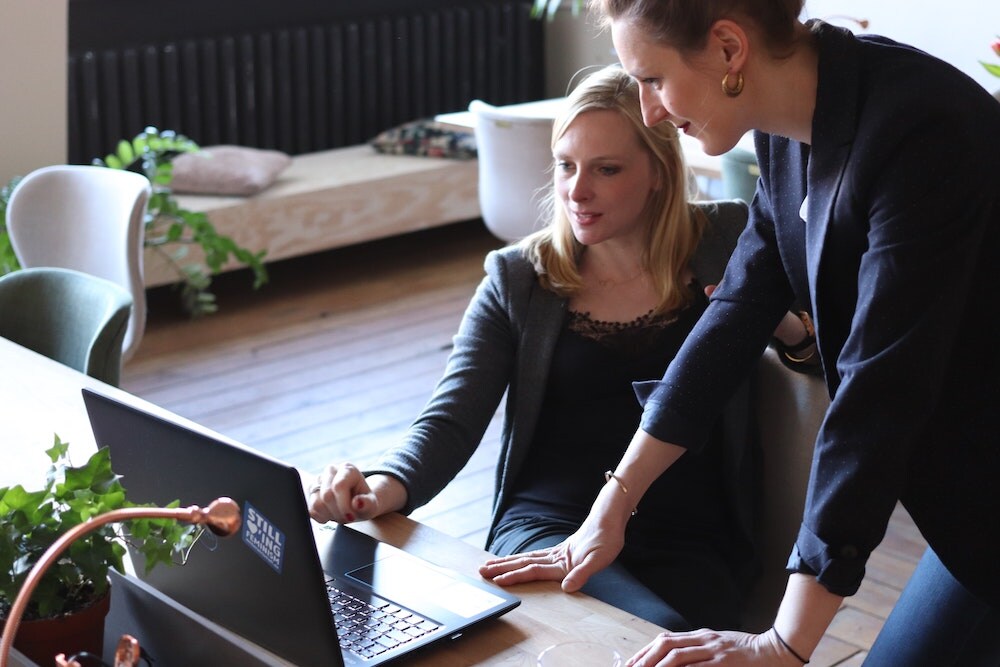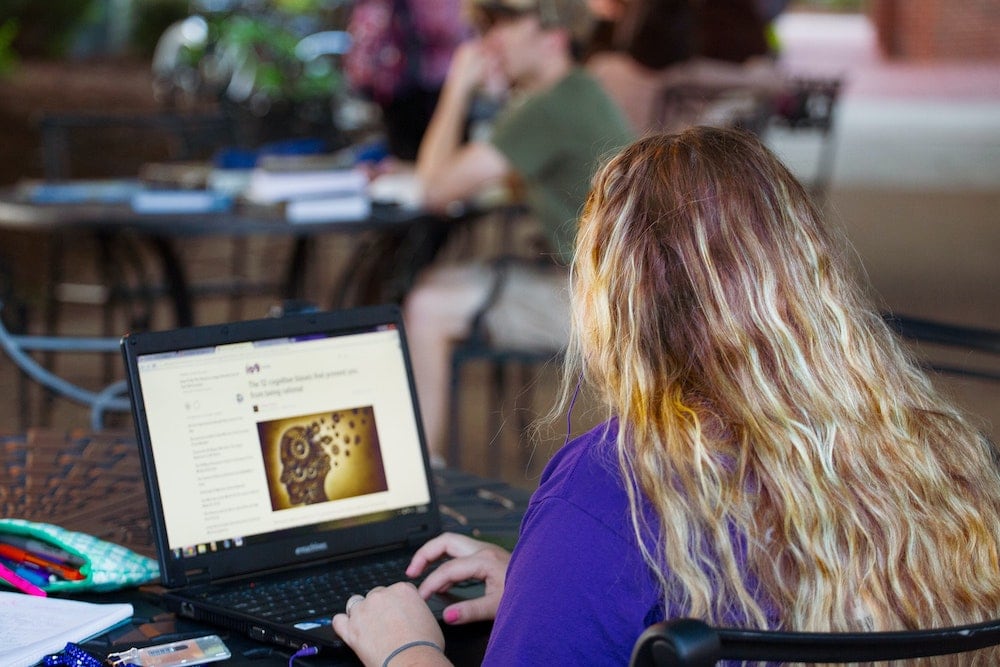Technology has impacted almost every aspect of our lives, and education is no exception. With the rise of educational technologies, educators have been exploring new ways to leverage these tools to create more engaging, personalized, and active learning experiences. One of the most effective tools is simulations, a form of experiential learning where students are placed into a real-life scenario to make decisions, take action, and respond in real-time using concepts they’ve learned in class.
We have been creating simulations to supplement our textbooks in collaboration with our authors, one of whom is Dr. Niall Fraser. We spoke with him to hear about his experience in creating simulations for his engineering textbook, Engineering Economics, and his thoughts on how emerging technologies will impact learning.
Tell us a little bit about your experience creating simulations.
I was approached to develop some simulations to supplement my textbook ‘Engineering Economics: Financial Decision Making for Engineers’. In the end we developed four simulations through Ametros, nominally designed to each cover a quarter of the text. I had not done this before, so the first one was very much a learning experience for me. As I grew accustomed to creating them, I found it easy to create compelling and useful simulations that exploited the features of the platform.
What were some key components you had to keep in mind as you developed the simulations?
The course I was designing around has a mathematical basis, and I felt that the chapter material and end-of-chapter study exercises would be sufficient to fully develop the student’s analytic skills. But the course is also very practical. Engineers will use what they have learned frequently in both their professional and personal lives. My goal in the simulations was to create realistic situations where the student had to develop a deeper understanding of the course material in order to apply it to realistic practical issues. Consequently, the calculations in the simulation were very straightforward; the focus was on knowing what calculations to make.
“My goal in the simulations was to create realistic situations where the student had to develop a deeper understanding of the course material in order to apply it to realistic practical issues.”
Over the last 20 or 30 years, there has been a strong shift in engineering education to broaden the awareness of engineers’ social and moral responsibilities. Each one of my simulations involved some element of integrating the student’s calculations and decisions within a social/moral/political context.
What value do simulations bring to students?
All students are busy and distracted and sometimes even uncommitted. Many students will learn the course material and study enough to pass the test, and then move on to the next course. Some material will be retained, but often when it is need later in life—either in another school course or in their employment—they have to resort to reviewing their old textbooks and relearning the material. I think simulations, when properly done, can break that cycle.
A good simulation will engage the student. It won’t be just another exercise to complete and forget, but rather a compelling view of a future where the student can use the course content to exert power in the world. It can give them a clear vision of their potential professional life, motivating the very studies they are undertaking. They can more deeply understand the course material, so that the exercises and tests they take are easier because they are not just regurgitating what they have memorized. I think simulations are incredibly valuable and wish they existed when I was a student.
“[Simulations] won’t be just another exercise [students] complete and forget, but rather a compelling view of a future where the student can use the course content to exert power in the world.
How is AI shaping the future of learning?
I think AI is the future of learning. It is the natural extension of the textbook. Imagine a textbook that interacted with the reader like a skilled one-on-one teacher, attuned to the student’s pace of learning. That teacher can extend beyond the text material to guide the student in how to apply the course material in their future job or broadly in society. That teacher is also completely up to date with current events and the latest contributions to the student’s discipline and course subject. I believe this is the future of AI and the future of learning, and this is all being accelerated by COVID-19.
Given the rise of new technologies, where do you see the future of experiential learning heading?
Experiential learning, in my view, is just a steppingstone in a shift from a classroom-based model to an AI-driven model. Instead of lecturing, the role of the instructor will be to increasingly guide students to the right AI-based support tool. Eventually the instructor will be an administrator and/or last-resort tutor, and most teaching will be AI based.
Clearly this has enormous implications for the current education system. Universities will physically shrink, and lectures may disappear altogether. On the other hand, I think learning will be far more efficient and students will be far better prepared for their careers.
“I think learning will be far more efficient and students will be far better prepared for their careers [with AI-based learning].”
What tips do you have for educators who are wanting to teach with simulations?
Jump into it. This is the future, and it is good. There will likely be glitches at the beginning, but I think you will see the value very quickly.
Also, if given the opportunity, invest the effort to make some simulations of your own. I found it relatively easy and certainly lots of fun to create compelling simulations that I know will be very valuable to the instructors and students who use them.








